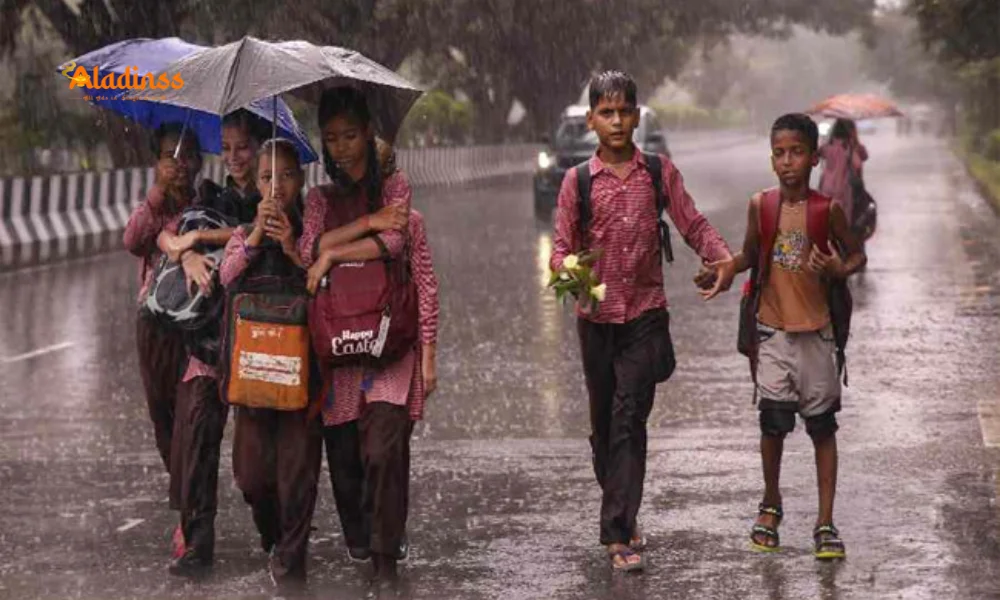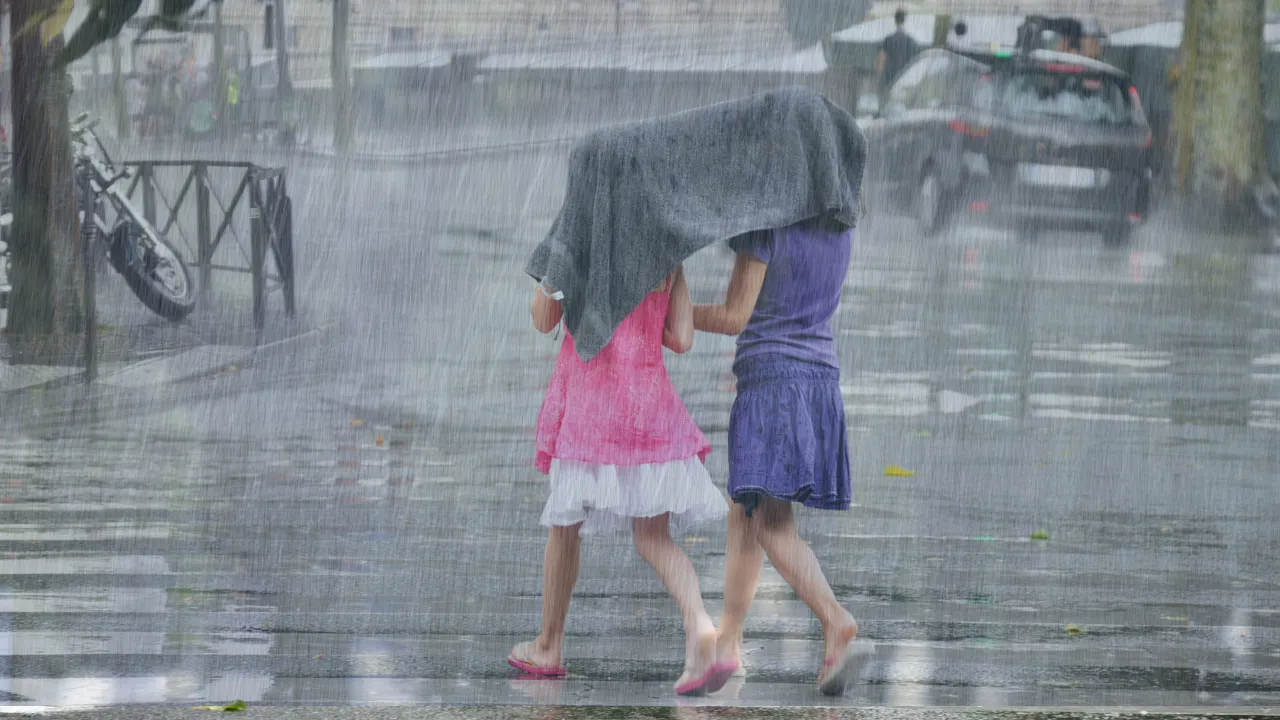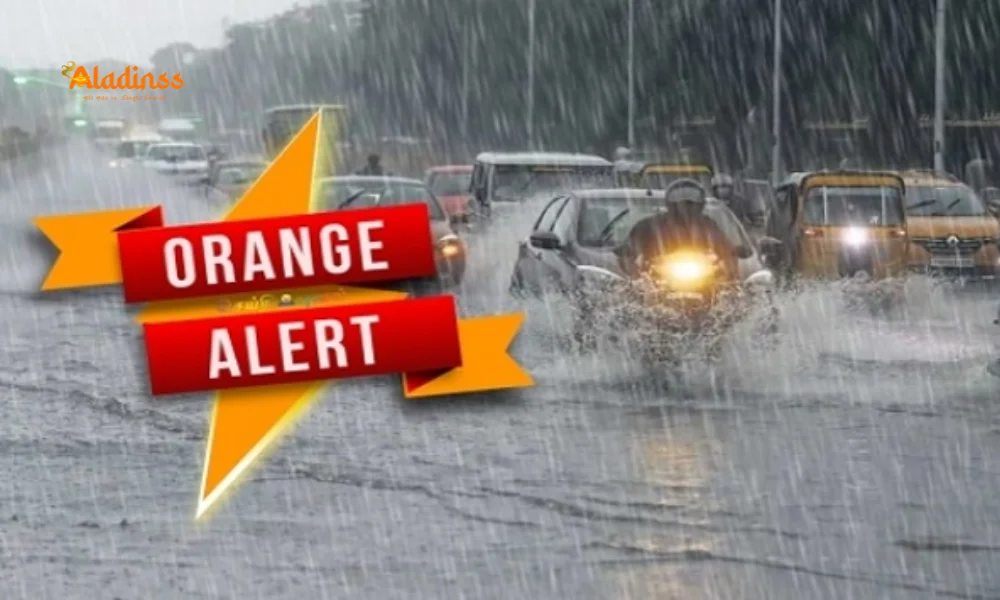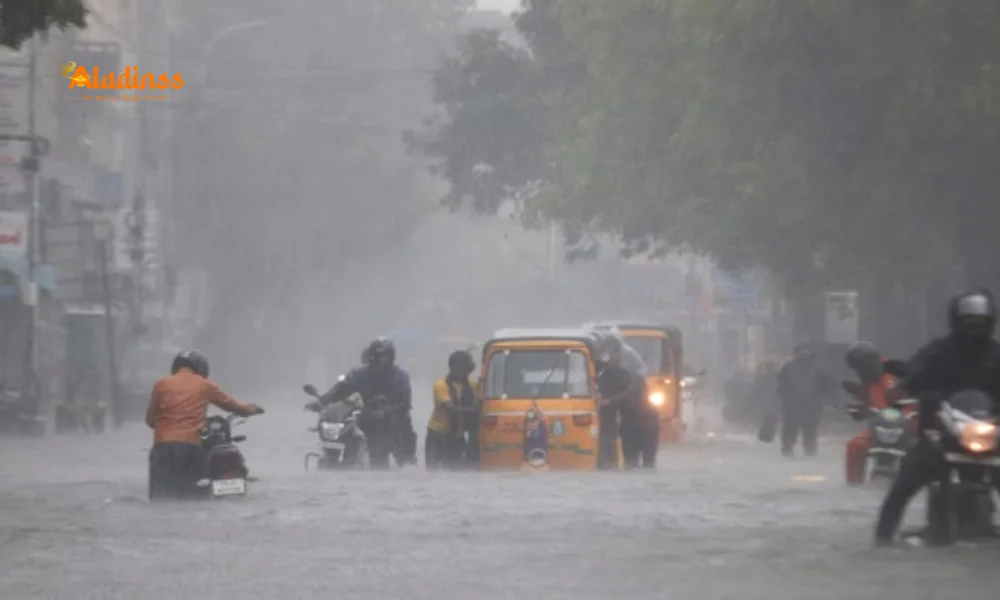TN School Holidays: Heavy Rains Shut Schools Today

Heavy Rains Trigger School Holidays Across Tamil Nadu Districts on October 16
Tamil Nadu heavy rains have intensified with the onset of the northeast monsoon on October 16, 2025, prompting district collectors to declare school holidays in multiple regions to ensure student safety amid widespread downpours. An orange alert blankets Theni, Tenkasi, Tirunelveli, and Ramanathapuram for very heavy rainfall, while yellow warnings forecast substantial showers in Kanyakumari, Thoothukudi, Virudhunagar, Madurai, Sivaganga, Dindigul, Tiruppur, Coimbatore, Nilgiris, and Erode. Further precipitation is anticipated in Kallakurichi, Villupuram, Chengalpattu, Kanchipuram, Chennai, Thiruvallur, Cuddalore, Mayiladuthurai, Nagapattinam, Thiruvarur, Thanjavur, and Pudukkottai, disrupting daily life and agriculture across the state.
In Tirunelveli, relentless rains since midnight have flooded paddy fields and key roads, including the Washermanpet-Chellapandian flyover, halting vehicular movement and necessitating urgent drainage operations. The Nambiyar River in the Western Ghats has swelled, raising flood risks for low-lying areas. District Collector M. Sukumar announced a complete shutdown of schools today, prioritizing child welfare over routine education amid these hazardous conditions.
Similar precautionary measures echo in Thoothukudi and Tenkasi, where collectors have ordered all educational institutions closed for the day. This coordinated response highlights the Tamil Nadu government's proactive stance against monsoon perils, as forecasts predict continued intensity until October 19, potentially affecting 16 districts with thunderstorms and lightning.

Northeast Monsoon Onset: Weather Alerts and Regional Breakdown
The India Meteorological Department (IMD) has confirmed the northeast monsoon's arrival, ushering in a wet spell across Tamil Nadu that could persist for six days. Orange alerts signal extreme caution in southern districts like Theni and Tenkasi, where isolated very heavy rains exceeding 115 mm in 24 hours are possible, heightening landslide threats in hilly terrains. Yellow warnings for the remaining 12 districts anticipate 64.5-115 mm downfalls, sufficient to cause urban waterlogging and rural inundation.
Chennai and its suburbs, including OMR and Maraimalai Nagar, are bracing for moderate to heavy showers, with ghat sections of Coimbatore and Nilgiris at risk of flash floods. Coastal belts from Cuddalore to Pudukkottai face gusty winds up to 50 kmph, complicating fishing operations and maritime travel. This pattern aligns with historical trends, where early monsoons often deliver 20-30% of the state's annual 900 mm rainfall by December.
Virudhunagar and Madurai, agricultural hubs, report early paddy submergence, echoing 2023's deluge that damaged 1.5 lakh hectares. Authorities urge farmers to secure livestock and harvest standing crops, while urban planners in Erode and Tiruppur activate pumping stations to mitigate industrial zone flooding.
School Holidays Declared: District-Wise Updates and Rationale
Prioritizing safety, Tamil Nadu district collectors have swiftly mandated closures for all schools, kindergartens, and anganwadis on October 16. In Tirunelveli, Collector Sukumar's order stems from overnight deluges that have rendered roads treacherous and fields swampy, endangering commutes for over 5 lakh students. "Heavy rains persisting since midnight necessitate this precaution to avoid mishaps," the official stated, advising parents to monitor IMD updates.
Thoothukudi's administration followed suit, citing similar flooding along coastal stretches and potential for cyclonic circulations. Tenkasi, nestled in the foothills, faces heightened vulnerability from ghat runoff, prompting a one-day halt to in-person classes. While not all 38 districts are affected, the ripple extends to Virudhunagar and Dindigul, where partial holidays shield remote schools from accessibility issues.
Educational authorities emphasize online alternatives where feasible, though rural connectivity gaps pose challenges. This mirrors last year's protocol during Cyclone Michaung, when 25 districts shut down, averting tragedies but highlighting infrastructure needs like elevated school pathways.
- Tirunelveli: Full holiday due to flooded roads and river overflow.
- Thoothukudi: Closure amid coastal heavy rains and wind warnings.
- Tenkasi: One-day break for ghat area safety concerns.
- Potential extensions: Monitoring for October 17 in Chennai and Nilgiris.
Impacts on Infrastructure, Agriculture, and Daily Life
Tirunelveli's infrastructure bears the brunt, with three days of incessant rains submerging the Nambiyar River and key arteries like the Chellapandian flyover. Municipal teams deployed pumps and sandbags, but traffic snarls persist, stranding commuters and delaying supplies. In Chennai, southern suburbs like Kattankulathur report waterlogging in low-lying zones, forcing diversions on ECR and KTCC routes.
Agriculture, Tamil Nadu's lifeline employing 40% of the workforce, faces immediate threats. Paddy fields in Thanjavur and Nagapattinam risk yield losses from uprooting, while banana plantations in Sivaganga suffer wind damage. The Tamil Nadu Agriculture Department has mobilized relief teams with seeds and pumps, estimating potential Rs 500 crore in statewide damages if rains escalate.
Daily life grinds slower: Power outages in Erode's outskirts, school transport halts in Coimbatore's hills, and market disruptions in Ramanathapuram. Healthcare facilities stock essentials, but vulnerable groups like the elderly in coastal Pudukkottai urge community vigilance against hypothermia and vector-borne diseases post-floods.
Government Response and Safety Measures Amid Monsoon Fury
Chief Minister M.K. Stalin's administration has activated State Emergency Operations Centers, coordinating with NDRF teams for high-risk zones like Nilgiris. Relief funds from the State Disaster Response Fund stand ready, with ex-gratia for affected families mirroring 2021's Rs 2,000 per household aid. District collectors, empowered under the Disaster Management Act, monitor hourly via apps, ensuring timely evacuations if red alerts trigger.
Public advisories flood helplines: Avoid wading through knee-deep water, secure loose structures, and charge devices amid outages. The Tamil Nadu State Disaster Management Authority recommends stockpiling three days' rations, while fisherfolk heed bans till October 18. Educational continuums via radio broadcasts keep learning afloat, a nod to pandemic-era innovations.
Long-term, the rains bolster reservoirs like Mettur, aiding irrigation deficits from a lackluster southwest monsoon. Yet, climate experts warn of erratic patterns, urging investments in resilient drainage akin to Chennai's Rs 1,000 crore sponge city project.
Historical Context and Future Outlook for Tamil Nadu Monsoons
This deluge recalls 2015's biblical floods that paralyzed Chennai, claiming 500 lives and Rs 10,000 crore in losses, underscoring urban planning gaps. More recently, 2023's Michaung cyclone ravaged 13 districts, prompting school closures in 25 areas and exposing vulnerabilities in southern belts like Tenkasi.
IMD's extended forecast hints at moderation post-October 19, with isolated showers lingering into November. Hydrologists eye Tamiraparani River levels in Tirunelveli, where breaches could mirror 2005's overflows. Mitigation strategies evolve: Early warning systems via SMS reached 80% coverage this year, up from 50% in 2020.
For residents, resilience builds through community drills and eco-friendly farming. As Tamil Nadu heavy rains school holiday eases tomorrow, reflections turn to adaptation-fortifying coasts, greening cities, and educating on climate cues to tame future tempests.
In conclusion, today's closures safeguard futures amid nature's wrath, a reminder that proactive governance and preparedness turn perils into manageable monsoons, ensuring Tamil Nadu rebounds stronger.
Comment / Reply From
No comments yet. Be the first to comment!











